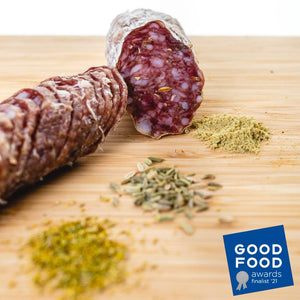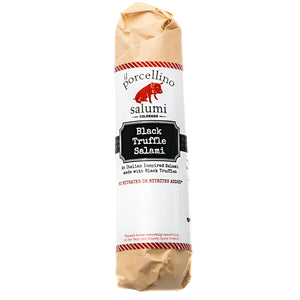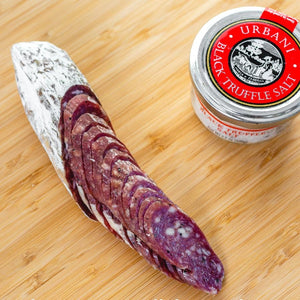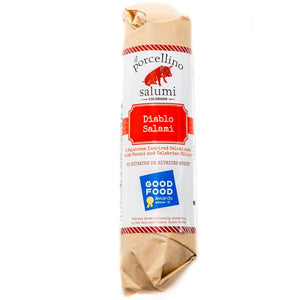We've been gearing up for the Super Bowl happening on February 7th, which means we're moving a lot of brats. We created a Football Package with mortadella hot dogs and beer brats, and it has been a big hit at our deli in Denver this playoff season! Tubed meat and football go hand in hand like cheese and crackers!
Since we've been making so many brats, I wanted to provide some information about the infamous bratwurst. I'll discuss what a bratwurst is and what makes a delicious brat, so you're ready for game day.
What is a Bratwurst?
A bratwurst is a type of German sausage that is generally made with pork, beef, or veal. It's most commonly made with pork.

I don't speak German, but according to the always correct Wikipedia, brat means finely chopped meat, and wurst means sausage. As you can defer, a bratwurst is ground meat mixed with herbs and spices and packed into a casing to make a sausage link.
So, of course, we come to the next question.
Is a Bratwurst Different Than Sausage?
Bratwursts are a type of sausage link. So, they're not different from sausage but fall in the sausage family tree.
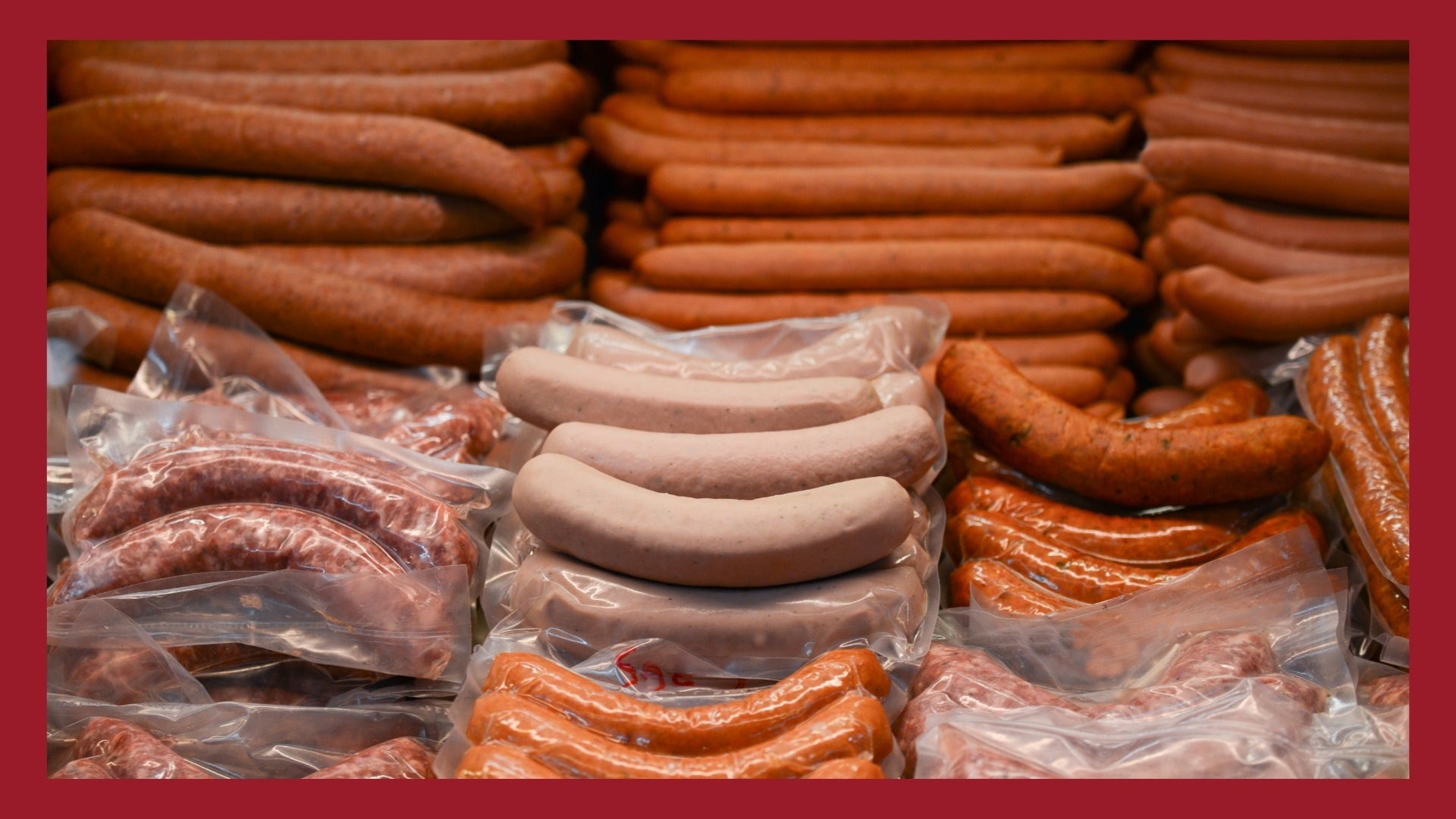
I think there are two areas of confusion here.
-
Sausage making developed worldwide, and though there are different recipes and techniques, there are many similarities. The issue is that different cultures and regions have other names for something very similar. Kielbasa is a Polish sausage, and bratwurst is a German sausage.
-
The term sausage in the US has come to encompass two forms. Ground sausage sold as-is and sausage links. Bratwursts would be a type of sausage link.
So to clarify, brats are a type of sausage link. Other types of sausage links may be made with other meats like chicken and different ingredients that set them apart.
Pre-cooked vs. Uncooked Bratwursts
Brats can come pre-cooked and uncooked, just like other sausage links. Packaged brats should state whether they're cooked or not. If you buy sausage links from the meat case, ask the butcher or person selling to you.
Brats can come smoked too. Smoked brats are usually cooked through, but it depends on the internal temperature reached during the smoking process. Again, check the label or ask who you're buying from.

We discussed this in our sausage blog post in more detail.
What Makes a Good Brat?
Quality ingredients and fat content are what make a good brat. Everybody has different flavor preferences, so I won't go into those details, but quality ingredients make good brats.
Brats can be made with pork, beef, or veal. I recommend buying brats that use sustainably raised heritage breed animal meat. Heritage breeds are traditional livestock that our forefathers raised before industrial agriculture developed. They're more environmentally friendly, humanely raised, and have a much richer flavor.
Next, consider the fat content in your brat. Mouthwatering juicy brats have a balanced fat content, approximately 70/30 meat to fat ratio. Many producers add pork fat if they're using beef or veal. Pork fat provides excellent flavor and keeps the ground meat texture supple and moist.

Premium herbs and spices are also essential. Product packaging generally only states what herbs and spices are used but not where they came from. However, you can request ingredient information from producers or ask the retailer.
Finally, buy brats that use natural casings. Natural sausage casings are usually animal intestines or skin that are thoroughly cleaned before they're stuffed. I know it sounds gross, but the casings are washed several times and provide a much better flavor. Artificial sausage casings are generally made of collagen or cellulose.
Cooking Brats
You can use almost any process that cooks the sausage through. There are some recipes for brats in the oven, and you could even cook them in the microwave. I don't recommend the microwave option. Please don't cook your brats in the microwave.
My preferred method is to beer poach the brats and then cook them on the grill. Fill a pot with beer and onions, bring it to a simmer and add your brats. Simmer them on medium for about 10-12 minutes or until they're cooked through. They will get some more cooking time in the next step, but I recommend getting them cooked through or close to it.

Next, toss them on your pre-heated grill. The idea is to brown the brats and crisp them, so make sure your grill is pretty hot. They usually need about 6-10 minutes total, but the timing can change depending on the grill marks and if they start to burn.
If you don't have a grill, you can pan fry the brats in a skillet to crisp them. It's the same idea as the grill, so they'll need about 3 minutes per side depending on the skillet's heat.

You can cook brats directly on the grill or skillet without boiling them first. However, you'll want to cook them at a lower temperature to avoid burning them since they'll need more time.
You better be ready to serve the brats once you cooked them. I like serving my brats on a nice bun with caramelized onions, sauerkraut, and brown mustard. You can, of course, top your brat with other accompaniments like sauteed bell peppers, raw onions, and ketchup. You can also ditch the bun. I'd say this comes down to personal preference.

On the side, I usually like to serve some grilled vegetables, which vary depending on the season. I'll also add some bacon-infused baked beans and coleslaw on the side.
Brats are usually recognized with summertime events, backyard grilling, and football games. But I think they're great all year long!
We regularly create new flavors at our retail store. We have several mad sausage scientists testing different ingredients and flavors weekly. Plus, we'll have a line of Breckenridge Brewery beer-flavored brats hitting Colorado this year. Join our e-newsletter or follow us on Facebook or Instagram to be notified when they hit stores.



